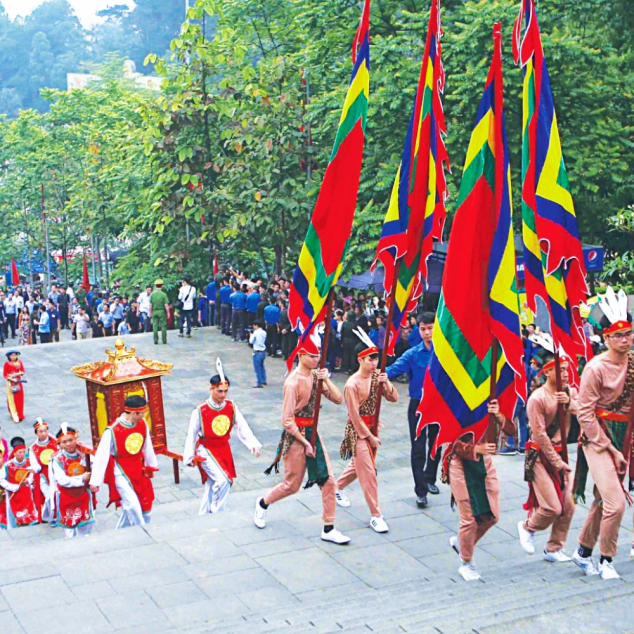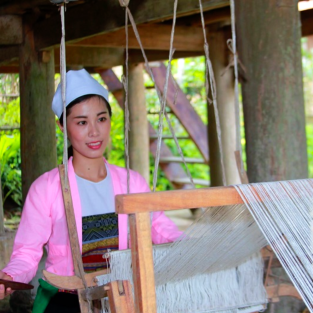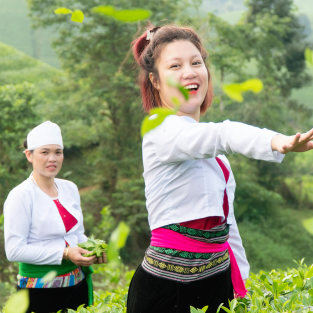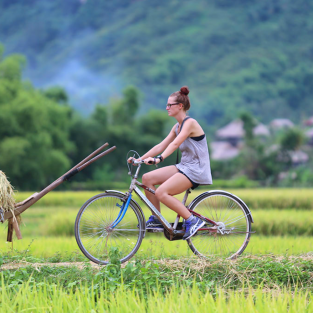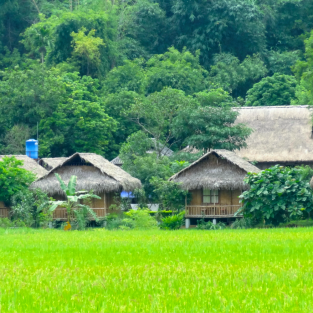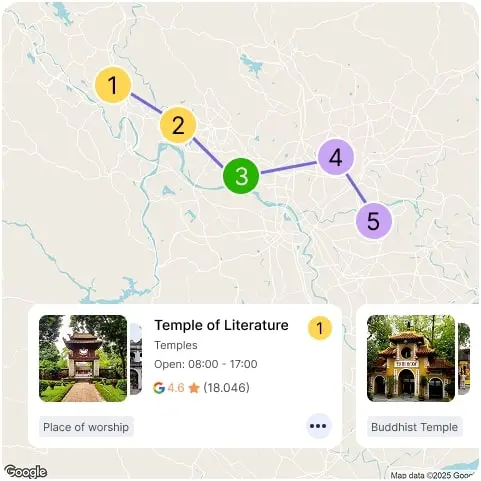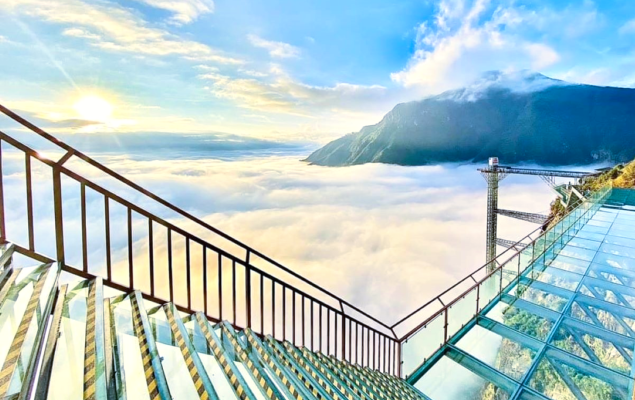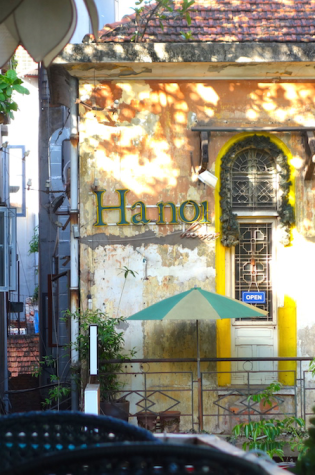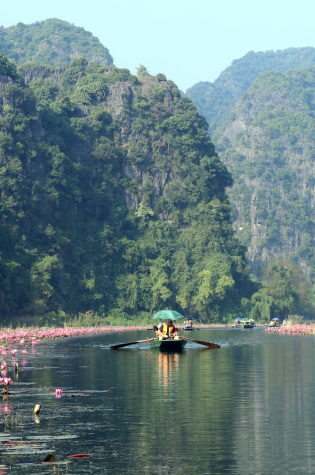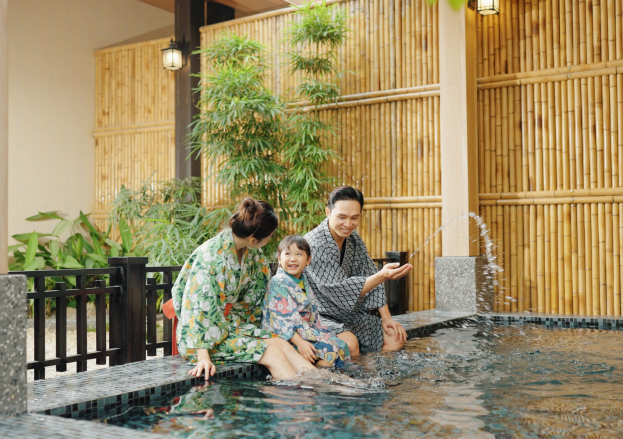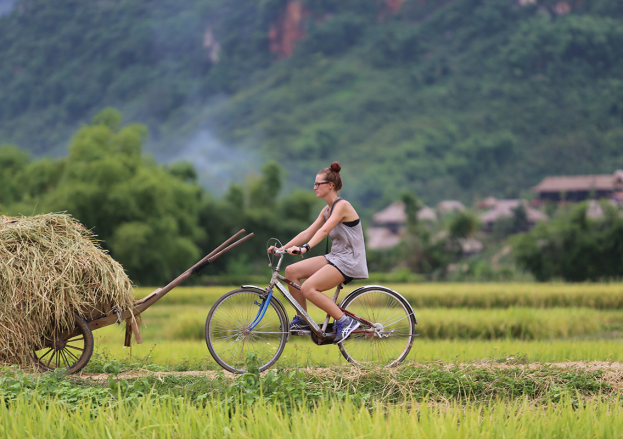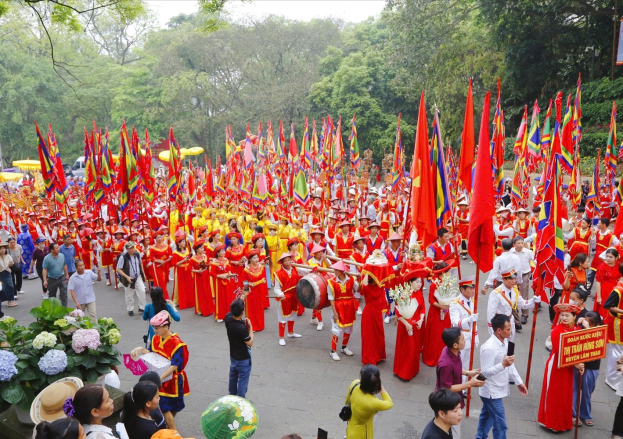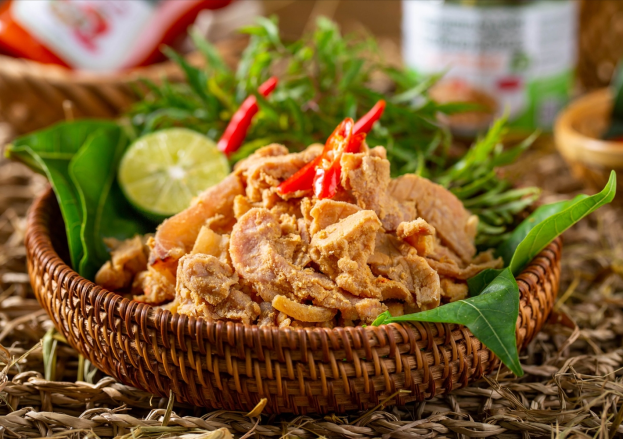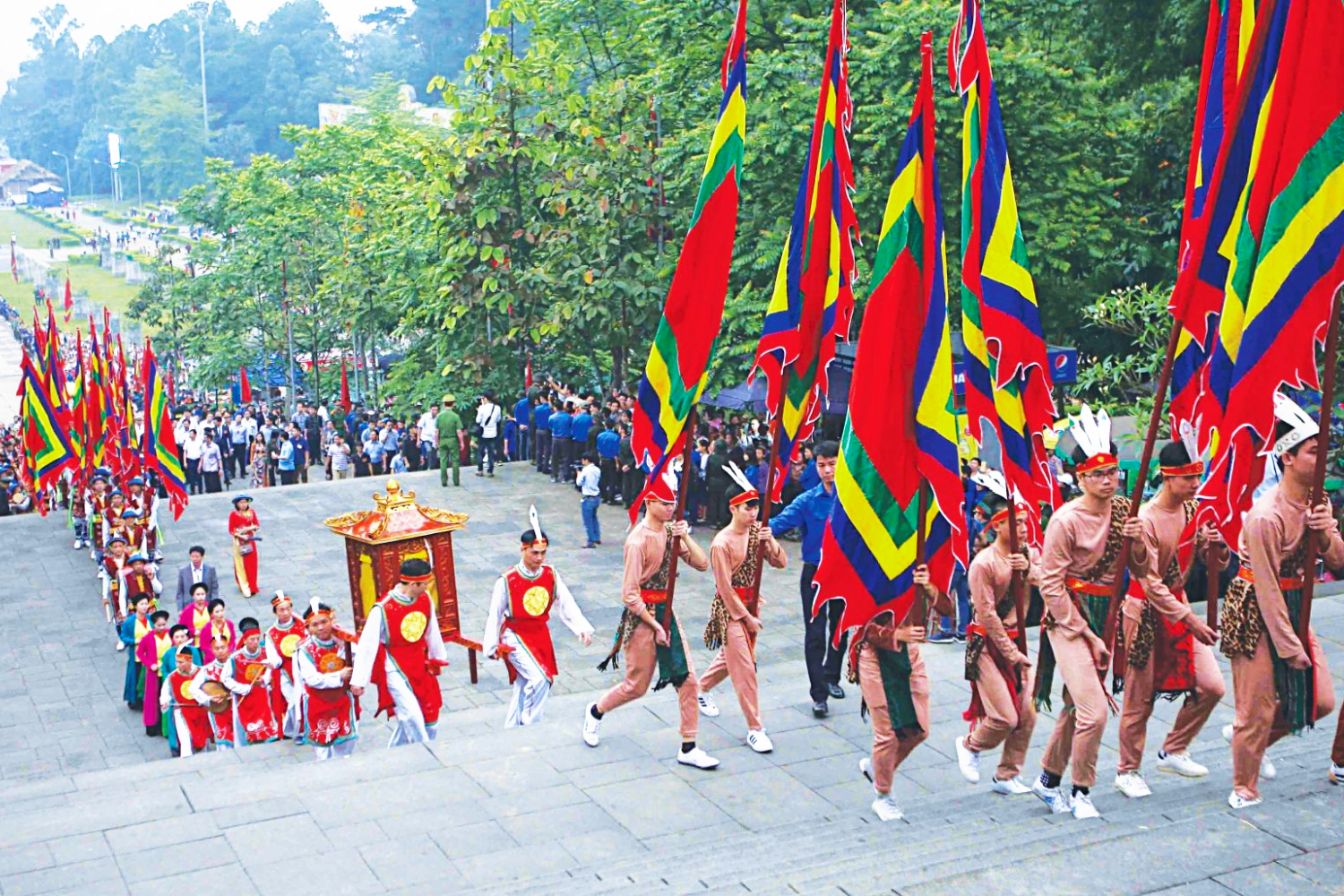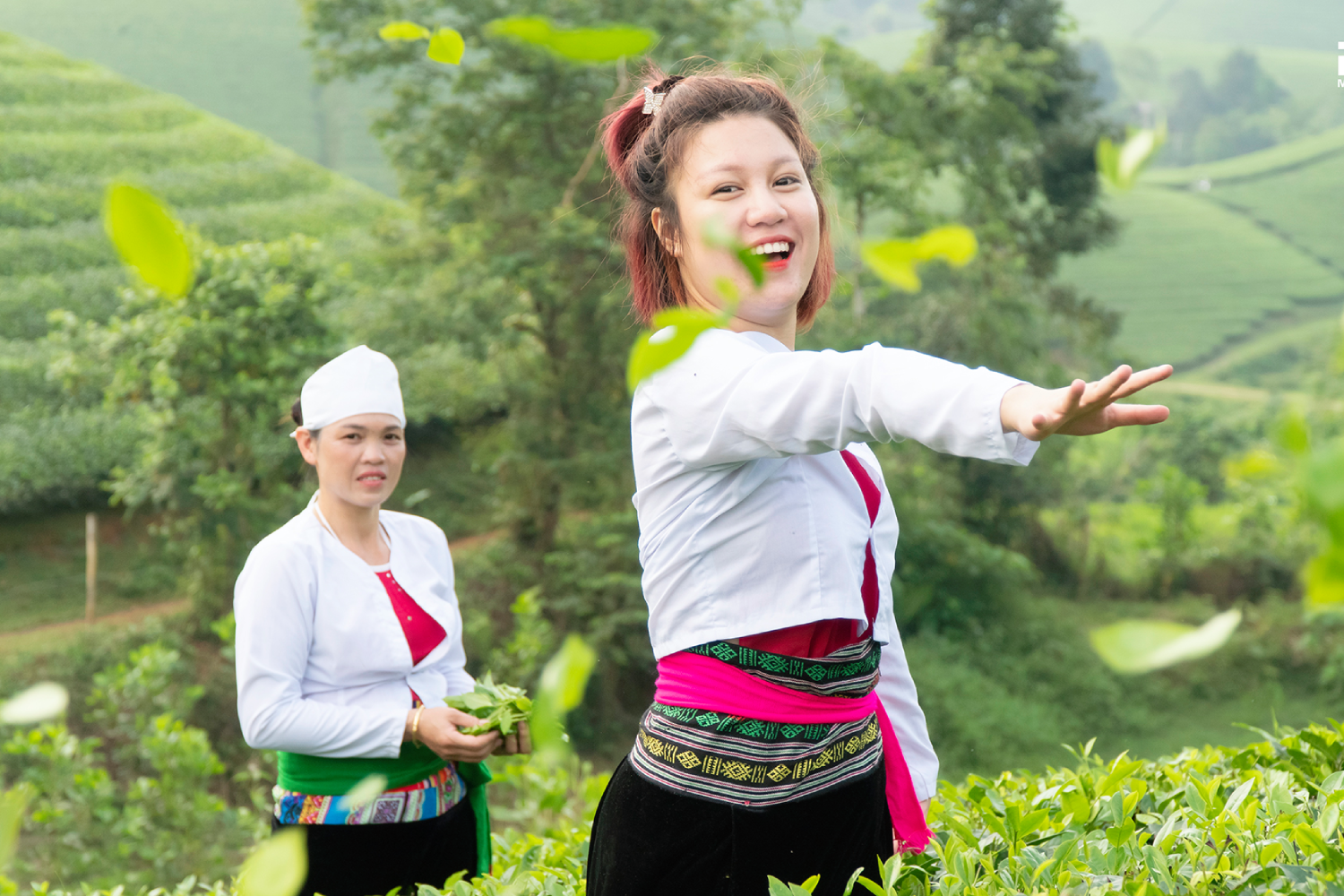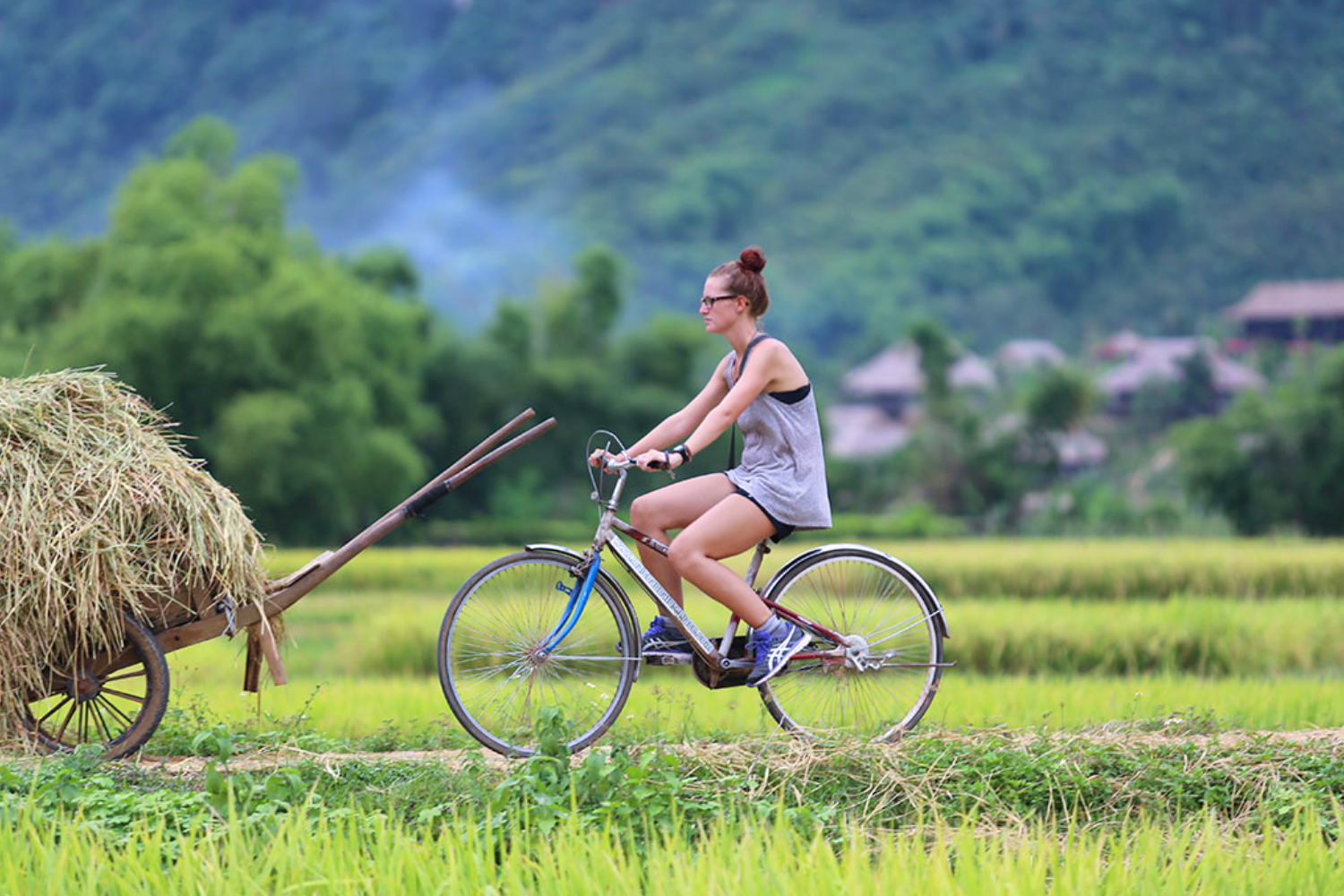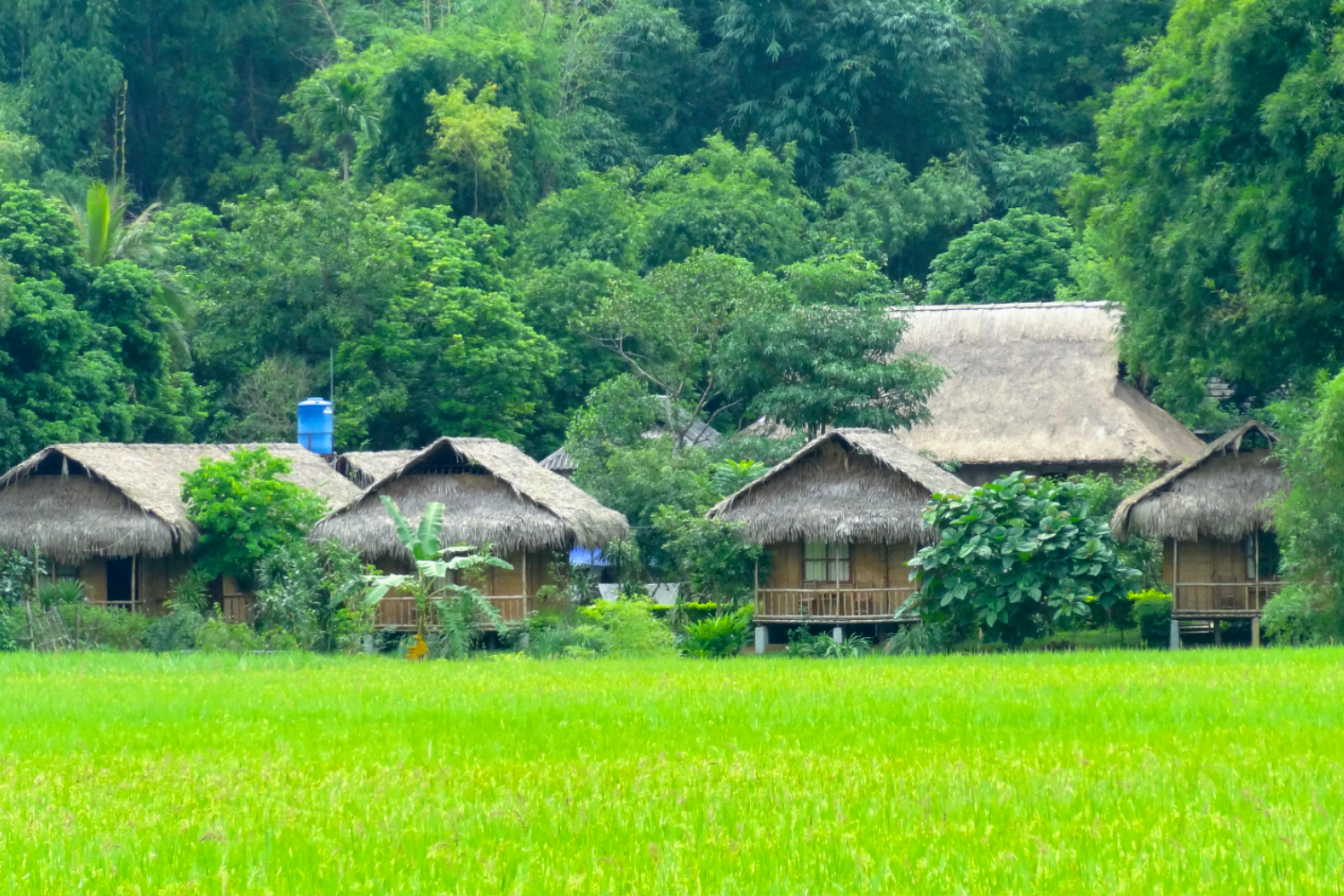Nestled in northern Vietnam where rivers meet forested hills, Phu Tho is a land steeped in history and spiritual significance — often referred to as the cradle of Vietnamese civilization. It is here that the ancient Hung Kings established the first Vietnamese state, a legacy still honored today through generations of tradition, ritual, and pride.
At the heart of Phu Tho lies the revered Hung Kings Temple complex, perched atop Nghia Linh Mountain. Every year, thousands gather here during the Hung Kings Festival to pay homage to Vietnam’s legendary ancestors in ceremonies rich with symbolism and national identity. This sacred site offers not only a spiritual journey, but also sweeping views across valleys that have nurtured Vietnamese culture for millennia. Nearby Mai Chau and parts of Hoa Binh province — now part of the broader regional tourism landscape — offer scenic mountain escapes, with stilt-house homestays, ethnic minority cultures, and breathtaking terraced fields that unfold like natural amphitheaters.
Whether you're drawn by history, seeking cultural connection, or simply looking for a slower pace in nature's embrace, Phu Tho offers a meaningful journey into the origins of a nation — authentic, reflective, and deeply Vietnamese.
Easily accessible from Hanoi and neighboring provinces, Phu Tho welcomes travelers with seamless connections by road, rail, and air — making it a compelling destination in northern Vietnam’s cultural landscape.
- By road: From Hanoi, the journey to Phu Tho takes 1.5 to 2 hours via National Highway 2 or the Hanoi–Lao Cai Expressway. Limousine buses and local coaches operate frequently between Hanoi and Viet Tri City, as well as other key towns.
- By train: Several daily trains link Hanoi with Viet Tri, offering a comfortable and scenic 2.5 to 3-hour ride through the northern countryside.
- By air: Noi Bai International Airport (HAN) in Hanoi is the closest airport, about 60 km from Phu Tho. From there, travelers can reach Viet Tri or historical sites like the Hung Kings Temple in around 1.5 to 2 hours by taxi or shuttle.
- Local transfers: Within the province, taxis and car rentals are readily available. To explore rural areas, cultural villages, or pilgrimage routes, a private vehicle or guided tour is recommended.
Phu Tho is a rewarding destination year-round, blending festive spirit, cultural depth, and natural charm across the seasons. Here's what to expect:
- Spring (March – April): The most iconic time to visit. Clear skies, mild weather, and vibrant celebrations of the Hung Kings Temple Festival — one of Vietnam’s most important national events, with traditional ceremonies, folk games, and festive parades.
- Summer (May – August): Warm and lush. A great time to enjoy hot mineral springs in Thanh Thuy or venture into newly merged highland areas like Mai Chau, where rice terraces shimmer in green.
- Autumn (September – November): Pleasantly cool and dry — ideal for trekking, cycling, or exploring ancient temples and countryside trails. This is when Phu Tho’s landscapes are most serene and photogenic.
- Winter (December – February): Crisp air and peaceful scenes, especially in mountain districts. Great for quiet cultural travel and connecting with spiritual landmarks without the crowds.
Phu Tho is gradually becoming more accessible for travelers of all abilities, especially around key cultural sites and town centers. While some historical and rural areas still present challenges with uneven paths or stairs, improvements are underway at major landmarks like the Hung Kings Temple Complex, which now features paved walkways, rest areas, and accessible facilities near the entrance.
Urban centers such as Viet Tri and Thanh Thuy offer relatively flat streets, and hotels in these areas increasingly provide basic mobility-friendly accommodations. Ride-hailing services and taxis can be arranged from Hanoi for door-to-door convenience, and local guides are often happy to adjust itineraries based on guests’ needs.
With a bit of advance planning — especially for transportation to hillier districts or temples — visitors can enjoy a meaningful and manageable experience. The region’s slower pace and warm hospitality make it easier to travel thoughtfully and comfortably.

